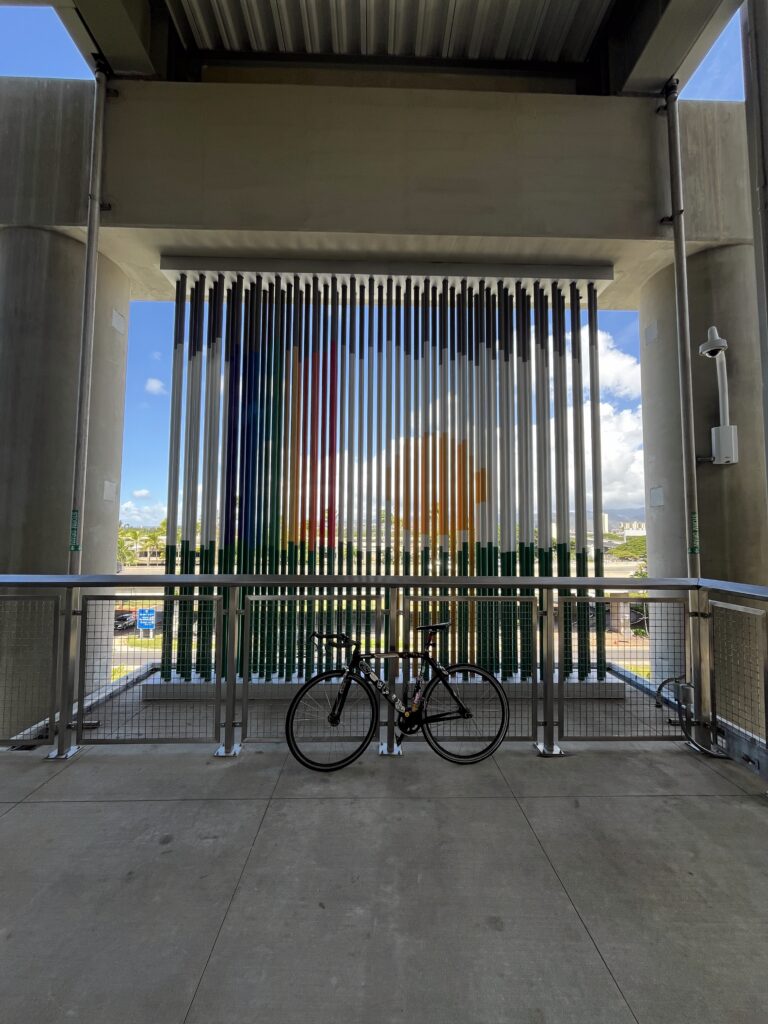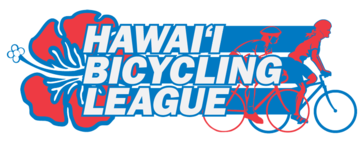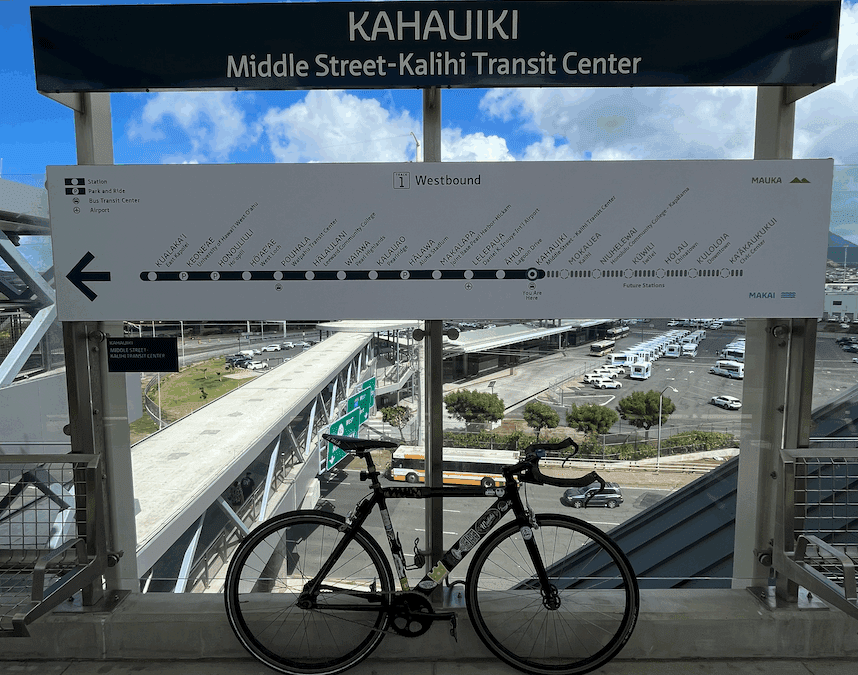On October 16, 2025, Honolulu ushers in a new chapter in its transit story: the opening of Skyline’s Segment 2, stretching from Aloha Stadium to Middle Street / Kalihi, including pivotal stops at Pearl Harbor, HNL Airport, Lagoon Drive (Āhua), and Kahauiki / Middle Street Transit Center.
As advocates for safer, more sustainable mobility, Hawai‘i Bicycling League (HBL) seized the opportunity to explore the new segment, evaluate how it integrates with cycling, and imagine how a more multimodal Oʻahu can evolve.
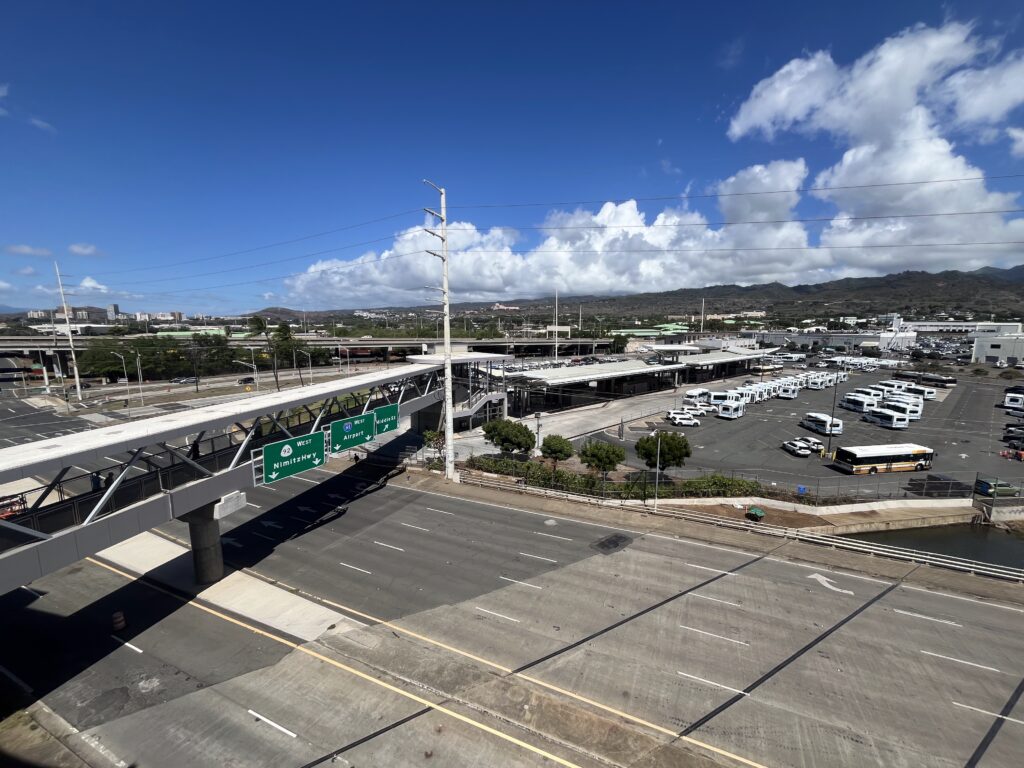
Why Segment 2 Matters — Especially for Cyclists
-
Connecting major destinations
The new 5.2-mile elevated guideway brings rail service deeper into central Honolulu, linking residential zones to job centers, the airport, and Pearl Harbor. For cyclists, this means more potential for mixed-mode trips — for example, biking to a station, riding rail, then using a bike again for the “last mile.” -
Airport access
One of the standout features is the Lelepaua station at Daniel K. Inouye International Airport, making rail a viable alternative for travelers, airport workers, and visitors.
These developments open new possibilities for the cycling community. The degree to which those are realized depends largely on design choices and the commitment to bike-friendly integration.
HBL’s Ride / Walkaround: What We Looked For
When a rail extension opens, HBL looks beyond the railcars to the interfaces — the “first and last mile” steps. Here’s what our team evaluated:
Bike access to stations
- Are there safe routes (bike lanes, low-stress streets) leading to station entrances?
- Are there clear, universal paths for bicycles, with signage or wayfinding guiding cyclists into the station?
Bike parking / storage at stations
- Are racks provided at station entrances or platforms?
- Are there secure or covered bike parking options (lockers, cages) beyond standard racks?
Bike-on-rail policies & accommodations
- Does the rider guide allow bicycles (including e-bikes) on trains?
- Are the boarding gates and fare gates wide or generous enough to accommodate cyclists?
- Is there guidance for how to stow a bicycle safely on board (e.g. hooks or racks)?
Intermodal integration & transit connections
- Do adjacent TheBus routes connect cleanly to the stations
- Are there coordinated schedules or wayfinding between bus, rail, and bike?
- Is there a sense of continuity (e.g. shared plazas, sheltered walkways) at transit hubs?
Station design & user experience
- Elevators, escalators, ramps: are they bike-friendly?
- Is it intuitive to move from street to platform with a bike?
- Are stations safe, accessible, and welcoming to cyclists (lighting, security, signage)?
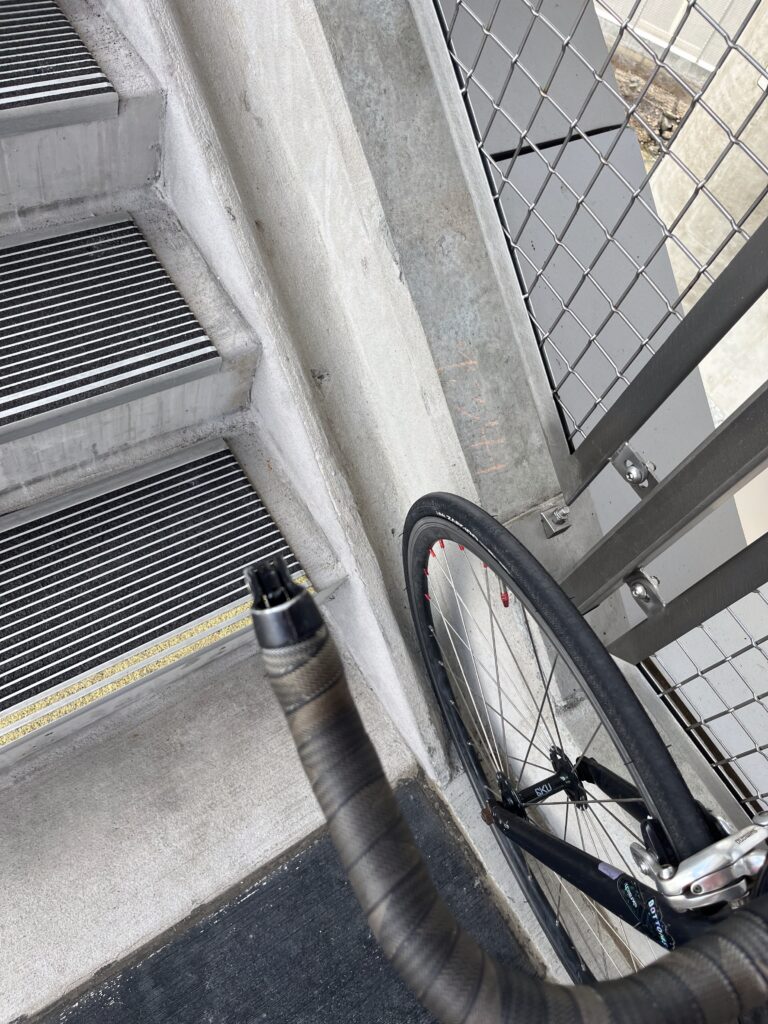
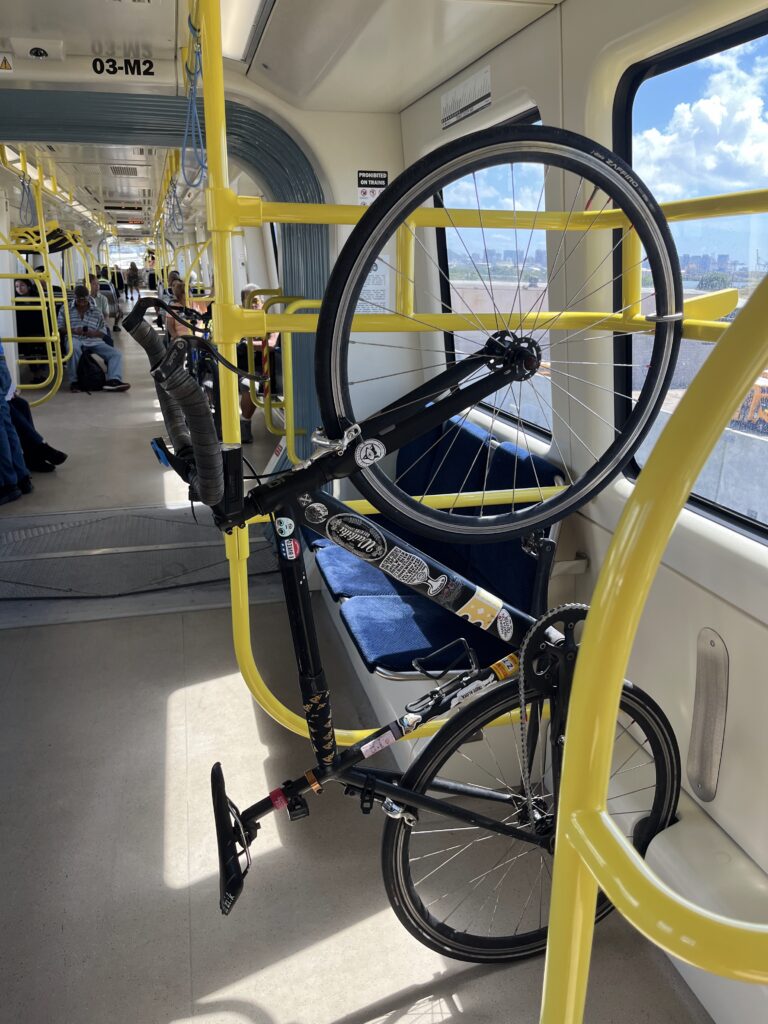
What We Found: Highlights & Opportunities
Here’s a snapshot of what we observed with Segment 2, along with feedback and room for improvement.
Positives & Strengths
-
Bicycles Permitted
The official Skyline Rider Guide confirms that “Bicycles (including e-Bicycles) on Skyline are permitted,” though riding on the rails or within stations is still prohibited. -
Wide fare gates & designated access
The guide notes that wide fare gates are available and “marked by symbols on the glass,” intended to accommodate kūpuna, riders with bikes, and people needing extra time. -
Seamless transfers with TheBus
Free transfers between Skyline and TheBus remain possible via HOLO card taps. The guide also outlines new bus routes to connect with new stations, such as A-Line, U-Line, and W-Line, plus adjusted routes PH8, 331, and others. This expanded multimodal network helps riders combine modes more fluidly. -
Strategic station locations
The Makalapa station (Pearl Harbor), Lelepaua (airport), Āhua (Lagoon Drive), and Kahauiki (Kalihi Transit Center) stations hit key nodes that are likely to generate lots of demand — for military, airport flows, and central Honolulu connections.
What HBL Will Do / Ask Moving Forward
To make transit + bicycling work well together in Honolulu, HBL is committed to:
-
Monitoring station usage and feedback
We plan to survey cyclists and new rail + bike users to see what’s working, what’s frustrating, and what adjustments are needed. -
Advocating for more secure bicycle parking
Push for lockers, bike cages, or controlled-access storage at key stations, especially those with high demand or near employment centers. -
Engaging with city & transit planners
Work with Honolulu’s Department of Transportation Services, HART, and station designers to enhance bike access routes, signage, and integration. -
Hosting pilot rides & public outreach
Organize “bike + rail” test rides for community members, show them how to use the system, and solicit ideas for improvements. -
Pushing for expansion of bike-friendly features
Advocate that future segments (e.g. Segment 3 toward Downtown) maintain or improve bicycling integration as the system grows.
What You Can Do
-
Try a mixed trip
Consider biking to a station and riding Skyline for part of your commute or outing. Appreciate how the system works (or doesn’t) from a user perspective. -
Give feedback
Use official channels (transit surveys, hotline, city meetings) to share your experience — good and bad. The more voices raised, the more responsive planners can be. -
Use the free-fare weekend
Take advantage of the free ride days (Oct. 18–19) to experiment, invite friends, and spread awareness. -
Advocate for infrastructure around stations
If you live or ride near a station, push for safe bike lanes, buffered paths, better crossings, and bike-friendly street design to connect your neighborhood to the rail line.
Looking Ahead: The Big Picture
The opening of Skyline Segment 2 is more than a new transit segment — it’s a pivot point for how Honolulu can evolve into a more sustainable, multimodal city. For bicycling advocates, the question now becomes: will the design, policies, and culture support real integration between cycling and rail, or will gaps and friction limit what’s possible?
With careful attention, community feedback, and responsive planning, Segment 2 could mark the start of a new era where biking + transit complement each other — reducing traffic, improving health, and making Honolulu more equitable and resilient.
HBL is excited to ride along on this journey. Stay tuned for more on our hands-on tests, feedback collection, and proposals for improvements in the months ahead.
